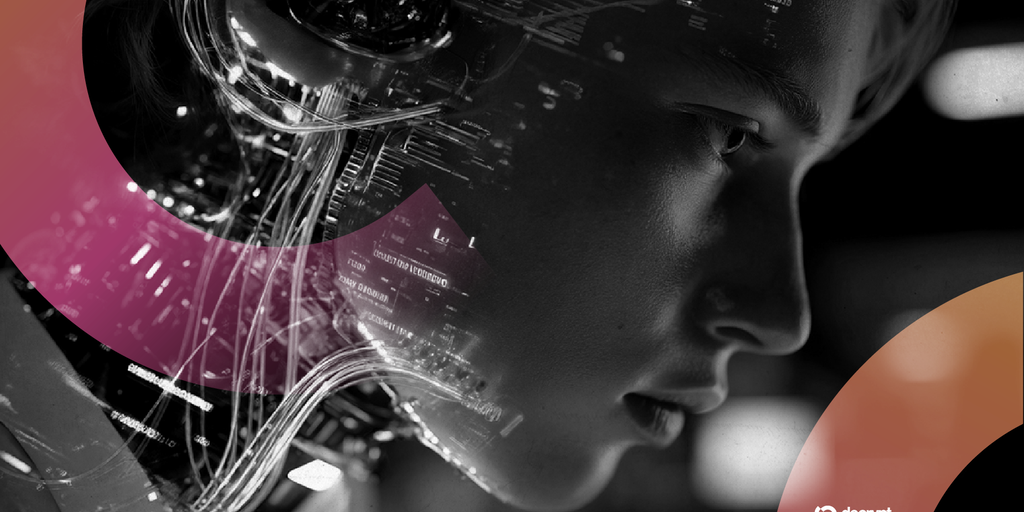
In a competitive race to offer the most advanced AI capabilities, Anthropic has unveiled Claude Opus 4.5, completing its three-model lineup. This cutting-edge AI model not only sets new standards in coding benchmarks but also introduces a significant price reduction of 67%, making it one of the most cost-effective options for developers worldwide.
Anthropic’s Three-Model Family
Claude Opus 4.5 joins its siblings, Claude Sonnet 4.5 and Claude Haiku 4.5, forming a comprehensive suite of tools designed for developers:
- Opus 4.5: Tailored for complex production work, offering hybrid reasoning for both direct inference and chain-of-thought processing.
- Sonnet 4.5: Ideal for everyday tasks and moderate-cost coding capabilities.
- Haiku 4.5: Focused on speed and efficiency for simpler logic tasks.
Benchmark Performance
Anthropic has made waves with Opus 4.5’s performance. The model scored a remarkable 80.9% on the SWE-bench Verified test, designed to measure real-world software engineering capabilities. This places it ahead of OpenAI’s GPT-5.1-Codex-Max (77.9%) and Google’s Gemini 3 Pro (76.2%). Notably, Opus 4.5 even outperformed every human candidate in Anthropic’s internal engineering exam, designed to test judgment under pressure.
Price Cut Revolutionizing the AI Market
The hallmark of the launch is its reduced pricing—$5 per million input tokens and $25 per million output tokens. This marks a substantial 67% price cut compared to its predecessor, Claude Opus 4.1. It addresses the growing market demand for AI tools that are both powerful and affordable, further intensifying competition among the industry’s giants.
How Opus 4.5 Stacks Against Competitors
In an increasingly crowded market, Claude Opus 4.5 stands out for its hybrid reasoning architecture, 200,000-token context window, and ability to output up to 64,000 tokens at a time. Here’s a comparison against notable competitors:
- OpenAI GPT-5.1-Codex-Max: Superior in some price points but slightly behind Opus 4.5 in coding benchmarks.
- Google Gemini 3 Pro: Excels in multimodal reasoning but costs less, posing tough competition.
- Alibaba Qwen Models: Bringing strong momentum from Asian markets, their focus on multimodal reasoning and workflows in eastern languages provides a compelling alternative.
The Developer Community Reacts
The launch has generated significant buzz in online forums and the tech ecosystem. Simon Willison, a prominent developer, shared insights on how Opus 4.5 handled intricate tasks like refactoring code across multiple files. “It’s clearly an excellent new model,” he noted, even though switching back to Claude Sonnet 4.5 didn’t significantly reduce productivity. Similarly, Theo Browne, CEO of AI platform T3 Chat, called it “insane” and “the best coding model ever made.”
Backed by Tech Giants
Further highlighting the significance of this release, Microsoft and Nvidia have invested heavily in Anthropic, valuing the company at $350 billion. These deals integrate Claude models into expanded Azure and Nvidia-powered infrastructure, reinforcing Anthropic’s competitiveness.
Where and How to Access Claude Opus 4.5
Claude Opus 4.5 is available via multiple platforms, including:
- Anthropic API
- AWS Bedrock
- Google Vertex AI
- The Claude web and desktop applications
Developers and enterprises looking to enhance productivity and functionality can leverage this model for tasks ranging from coding to long-form content development.
Why Claude Opus 4.5 Matters
The AI landscape is evolving rapidly, and Claude Opus 4.5’s entry signals advancements in both functionality and affordability. Whether you are a software engineer or a business aiming to optimize workflows, this model offers unprecedented coding, reasoning, and inference capabilities.
If you’re preparing to delve into the power of AI, consider starting with Claude Opus 4.5 for your enterprise needs. For developers looking to enhance productivity and streamline coding projects, tools like Anthropic’s Claude Opus 4.5 set the stage for innovation.



